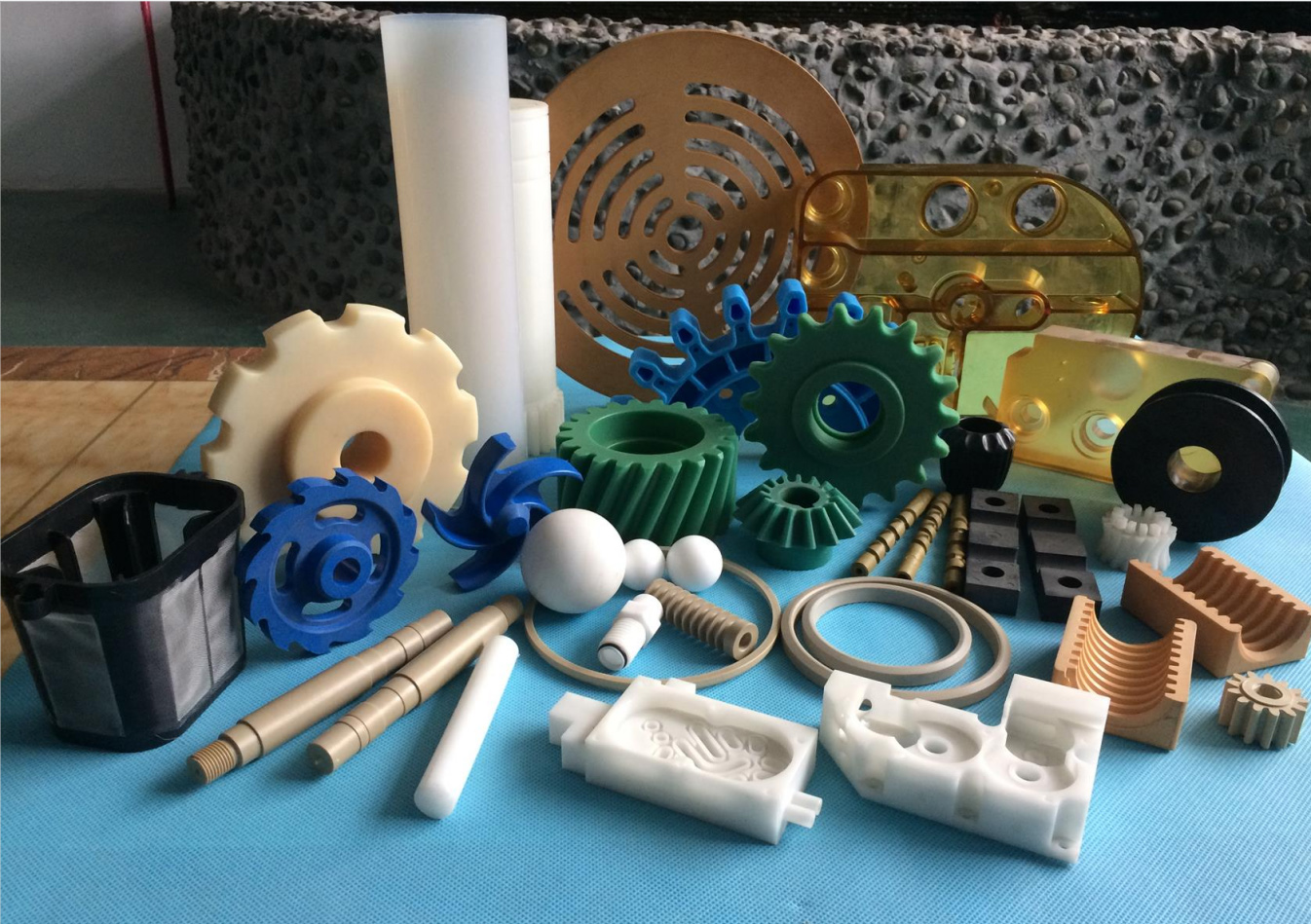News
- Industry news
Industry news
Classification of Plastics
The classification system of plastics is relatively complex, and various classification methods are also overlapped. There are mainly the following three types of conventional classifications: one is classified by use characteristics; the other is classified by physical and chemical characteristics; the third is classified by processing method.
1. Classified by Usage Characteristics
According to the different use characteristics of famous plastics, plastics are usually divided into three types: general plastics, engineering plastics and special plastics.
⑴General-purpose plastics Generally refer to plastics with large output, wide application, good formability and low price, such as polyethylene, polypropylene, phenolic, etc.
(2) Engineering plastics Generally refer to plastics that can withstand a certain external force, have good mechanical properties, high and low temperature resistance, and good dimensional stability, and can be used as plastics for engineering structures, such as polyamide, polysulfone, etc.
In engineering plastics, it is divided into general engineering plastics and special engineering plastics.
*General engineering plastics, including: polyamide, polyoxymethylene, polycarbonate, modified polyphenylene ether, thermoplastic polyester, ultra-high molecular weight polyethylene, methyl pentene polymer, vinyl alcohol copolymer, etc.
*Special engineering plastics, are divided into cross-linked and non-cross-linked types. Cross-linked types include: polyaminobismaleamide, polytriazine, cross-linked polyimide, heat-resistant epoxy resin, etc. Non-crosslinked types include: polysulfone, polyethersulfone, polyphenylene sulfide, polyimide, polyetheretherketone (PEEK), etc.
(3) Special plastics Generally refer to plastics with special functions that can be used in special
application fields such as aviation and aerospace. For example, fluoroplastics and silicones have special functions such as outstanding high temperature resistance and self-lubrication. Reinforced plastics and foamed plastics have special properties such as high strength and high cushioning. These plastics belong to the category of special plastics.
①Reinforced Plastic. Reinforced plastic raw materials can be divided into granular (such as calcium plastic reinforced plastic), fibrous (such as glass fiber or glass cloth reinforced plastic), and flake (such as mica reinforced plastic). According to the material, it can be divided into three types: cloth-based reinforced plastics (such as rags reinforced or asbestos reinforced plastics), inorganic mineral-filled plastics (such as quartz or mica-filled plastics), and fiber-reinforced plastics (such as carbon fiber reinforced plastics).
②Foam Plastic. Foamed plastics can be divided into rigid, semi-rigid and flexible foamed plastics. Rigid foam has no flexibility, and the compression hardness is very large. Only when it reaches a certain stress value, it will deform. After the stress is relieved, it cannot be restored to its original state. Return to the original state, and the residual deformation is small; the flexibility and other properties of semi-rigid foam are between rigid and flexible foam.

2. Classification by physical and chemical properties
According to the different physical and chemical properties of various plastics, plastics can be divided into two types --- thermosetting plastics and thermoplastic plastics.
(1) Thermosetting plastics Thermosetting plastics refer to plastics that can be cured or have insoluble (melting) properties under heat or other conditions, such as phenolic plastics, epoxy plastics, etc. Thermosetting plastics are divided into two types: formaldehyde cross-linked and other cross-linked. Formaldehyde cross-linked plastics include phenolic plastics and amino plastics (such as urea-formaldehyde-melamine-formaldehyde, etc.). Other cross-linked plastics include unsaturated polyester, epoxy resin, phthalate resin, etc.
(2) Thermoplastics Thermoplastics refer to plastics that can be repeatedly heated, softened and cooled to harden within a specific temperature range, such as polyethylene, polytetrafluoroethylene, etc. Thermoplastics are divided into hydrocarbons, vinyls with polar genes, engineering, cellulose and other types.
①Hydrocarbon plastics. It is a non-polar plastic with crystalline and non-crystalline properties. Crystalline hydrocarbon plastics include polyethylene, polypropylene, etc., and non-crystalline hydrocarbon plastics include polystyrene.
②Vinyl plastics containing polar genes. Except for fluoroplastics, most of them are amorphous transparent bodies, including polyvinyl chloride, polytetrafluoroethylene, polyvinyl acetate, etc. Most vinyl monomers can be polymerized using free-radical catalysts.
③Thermoplastic engineering plastics. Mainly include polyoxymethylene, polyamide, polycarbonate, ABS, polyphenylene ether, polyethylene terephthalate, polysulfone, polyethersulfone, polyimide, polyphenylene sulfide, etc. Teflon. Modified polypropylene and the like are also included in this range.
④ Thermoplastic cellulose plastics. Mainly include cellulose acetate, cellulose acetate butyrate, celluloid, cellophane, etc.
3. Classification by processing method
According to the different molding methods of various plastics, it can be divided into various types such as film pressing, lamination, injection, extrusion, blow molding, casting plastics and reaction injection plastics.
* Film-pressed plastics are mostly plastics whose physical properties are similar to those of general solid plastics;
* Laminated plastic refers to the fiber fabric impregnated with resin, which is combined into a whole material by lamination and hot pressing;
* Injection, extrusion and blow molding are mostly plastics with physical properties and processing properties similar to general thermoplastics;
* Casting plastic refers to a liquid resin mixture that can be poured into a mold and hardened into a certain shape product under no pressure or a little pressure, such as MC nylon, etc.;
* Reaction injection plastic is a plastic that uses liquid raw materials to inject pressure into the film cavity to make it react and solidify into a certain shape product, such as polyurethane.






